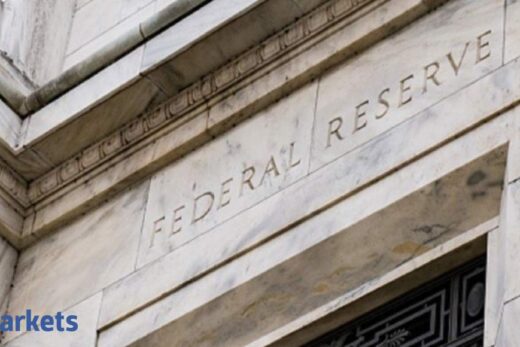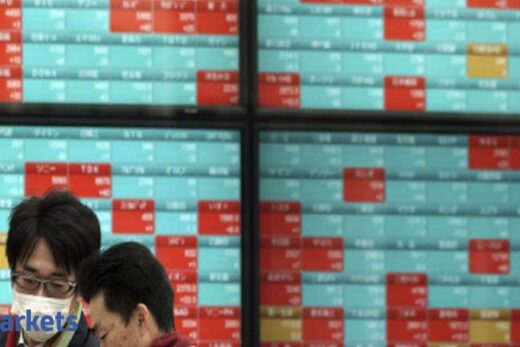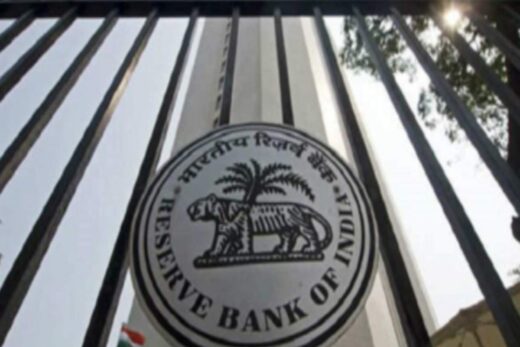Inflation pressures are expected to ease in the current quarter. Consumer price indices (CPI) inflation is seen at 5.1% in Q2, 4.5% in Q3 and 5.8% in Q4 of FY22 with risks broadly balanced. It is pegged at 5.3 per cent from 5.7 per cent earlier for FY’22 as a whole. “The CPI headline momentum is moderating with the easing of food prices which, combined with favourable base effects, could bring about a substantial softening in inflation in the near-term,” RBI governor Shaktikanta Das said.
Though Das cautioned that the resurgence of edible oils prices and high global crude oil prices in the recent period, is a cause of concern. “Domestic pump prices remain at very high levels. Rising metals and energy prices, acute shortage of key industrial components and high logistics costs are adding to input cost pressures ” Das said.
Growth forecast is however maintained at 9.5 per cent in FY’22. “The impact of elevated input costs on profit margins, potential global financial and commodity markets volatility and a resurgence in COVID-19 infections, however, impart downside risks to the growth outlook” Das said. The economy is expected to clock 7.9 per cent in Q2; 6.8 per cent in Q3; and 6.1 per cent in Q4 of 2021-22. Real GDP growth for Q1:2022-23 is projected at 17.2 per cent”
For 2022-23, RBI’s structural model estimates indicate real GDP growth at 7.8 per cent, with quarterly growth rates in the range of 5.0-17.2 per cent, assuming restoration of supply chains, a normal monsoon, no major exogenous or policy shocks, and full vaccination.
The central bank’s Monetary Policy Report has warned that there are upside and downside risks to the baseline growth path. Stronger-than-expected pent-up demand amidst a faster pace of vaccination and mild variants of the virus, and government’s focus on infrastructure investment and asset monetisation and reform measures provide an upside to the baseline growth path. On the contrary, new and more contagious variants of the virus, elevated levels of crude oil and commodity prices, more persistent pandemic-related domestic as well as global supply bottlenecks and global financial market volatility pose downside risks to the baseline growth path.



